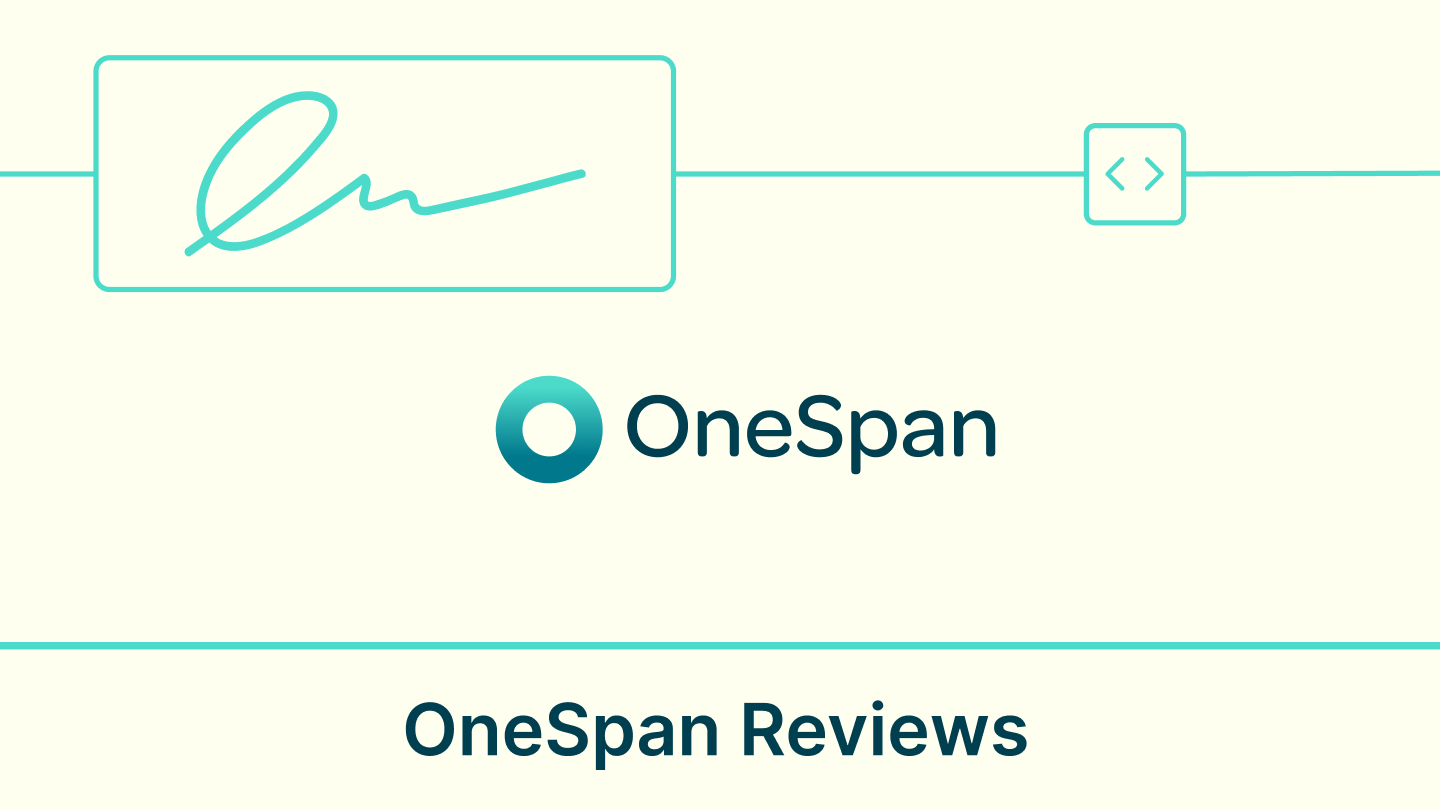Online contracts and electronic signatures are the only way to conduct business going forward. Paperwork and wet signatures are on their way out — what was once a gradual slide into obsolescence has become a free fall in 2020. It’s harsh, but this is a Band-Aid that needs to be pulled off quickly and without mercy.
If there were ever a year to make the switch to online contracts, 2020 is it. Between disruptions of traditional work, the dangers of person-to-person contact, and the expansion of legal viability, online contracts are seeing a huge (and necessary) spike in adoption.
We’ll talk about how COVID-19 has dramatically changed both the necessity and the legal infrastructure around online contracts and why the next few generations have absolutely no interest in the old ways of doing business.
Laws Are Expanding to Strengthen Online Contract Signing in COVID-19 Era
The number one reason to switch to online contract signing this year is simply that the difficulties of COVID-19 have forced legislators around the world to bolster the efficacy and legality of electronic signatures.
In some cases, this means making online contracts mandatory in place of wet signatures in order to avoid exposure to the coronavirus.
Judge forces Rhode Island to legitimize eSignatures. On June 25, 2020, Providence district judge Mary McElroy ruled that signature collection for legislative nominees must move away from wet signatures to lessen person-to-person contact during the pandemic. This ruling will force the Rhode Island Board of Elections and the state secretary to allow candidates to collect signatures via traditional mail or online electronic signature.
Idaho is facing a similar ruling about signature collection for ballot initiatives, while both Colorado and Louisiana recently adopted RON (a law enabling remote notarization of online contracts through electronic signatures).
Health care records going more digital because of Covid-19. The Minister of Health of Northern Ireland, Robin Swann, announced on June 10, 2020, that Ireland’s health care service would be revamped to prioritize digitizing all paperwork, records, and consent forms (read online contracts). This system, which they’re calling Encompass, will focus on creating a single digital care record for all patients that would encompass (see?) all of their medical information in one compatible file that could be read by any system.
And considering how many health care systems are struggling with incompatible records that waste time and risk patient health, this digital record consolidation will undoubtedly be taken up by more countries in the coming months and years.
Health care records affect everyone, for obvious reasons. But if you’re running a business or another organization that provides any kind of insurance or medical benefits to employees, digitizing your benefit forms (and enabling them with proper, secure esignatures) will put you in a better spot in the future when these kinds of contracts are required. Consider, too, that with remote work, employees will be signing more benefit documents from home, sending them to their health care provider and your business electronically, etc. You get it.
Getting ahead of the digital curve now will save you the inevitable rush in the future.
Remote Work Is Making Wet Signatures Inconvenient
Even before COVID-19 changed the game, remote work was already increasing across the board and pushing the importance of online contract signing and eSignatures to the forefront.
If your business or organization is still relying on physical paperwork for contracts and other signed documents, that’s going to be an inconvenience for the significant percentage of people working at home without a printer or a scanner.
For those who think that all of this will go away after the pandemic, well, we have some bad news for you: according to a national survey conducted by getAbstract, the majority of U.S. employees want remote work to stay in some form when the lockdowns cease.
Employees Wanted Remote Work Even Before the Pandemic
Even before COVID-19, many workers were willing to take a pay cut to be able to work remotely.
In September 2019, long before most people had even heard of coronavirus, Owl Labs conducted a study with surprising results: over a third of those surveyed said they would happily take home a 5% lower salary if they were able to work from home. Twenty-five percent of those in the survey said they’d accept a 10% pay cut to work from home, while another 20% said they’d take more than a 10% pay cut for the chance to work remotely.
All told, that puts 80% of the workforce valuing remote work over cold, hard cash.
So, okay, we see an employee drive to work from home, but was actual remote work rising before the pandemic?
The Number of Remote Workers Increases Every Year
Remote work has been shooting up in popularity every year by a significant margin.
Look back at the 2017 State of Telecommuting in the U.S. Employee Workforce report, a joint venture between Global Workplace Analytics and FlexJobs (using data from the U.S. Bureau of Labor Statistics and the U.S. Census Bureau). Long before COVID-19, this report showed that the number of people working from home had more than doubled from 2005 to 2017, from 1.8 million to 3.9 million just in the United States.
Now, add in COVID-19 pushing the necessity for remote work, and the numbers speak for themselves: the growth rate of full-time telecommuting is expected to jump from 30% to 65% in the next five years alone.
Remote work is only increasing, which means all paperwork systems will have to make the jump to digital at some point or be left in the dust. This is the next revolution in labor and industry, and if you haven’t switched to online contract signing, your operations are going to grind to a halt (especially if you rely on paperwork, contracts, or signatures of any kind).
Is this really affecting wet signatures? You better believe it: the number of documents signed in person has already decreased by 25%.
The Younger Generations Hate Printers
It may seem like a silly thing on first blush, but millennials, Gen Zers, and even the youngest members of Gen X don’t have, use, or even like printers as a whole.

That tweet has hundreds of thousands of “likes” for a reason.
This attitude would be little more than an interesting tidbit of information if so many industries, businesses, and legal matters didn’t require the printing, signing, and sending of hard copies so often and if millennials didn’t also make up the majority of the workforce starting in 2016. These facts, added together, create a bleak picture for wet signatures going forward.
Add in a dying printer market, a $12,000 a gallon price for printer ink, and most consumer printers not being very good and you’ve got a recipe for online contracts and eSignatures replacing paperwork across the board, and replacing it soon. They’re really the only other option.
Paperwork Costs Money and Strains the Environment
We won’t hit this point too hard because I think we all get it: more paper = fewer trees; fewer trees = bad. Plus, paperwork and printers and scanners cost money, sure.
Here are a few statistics you might use as motivation or ammunition at your next meeting to help your business switch to online contract signing and electronic signatures:
- 50% of all business waste is composed of paper.
- 42% of all global wood harvest is for paper products.
- Offices just in the Unites States alone use 12.2 trillion sheets of paper a year.
- 26% of the waste in landfills is from pulp and paper.
If online contracts can take even a small bite of those staggering numbers, the environment, the climate, and your company’s bottom line will be in much better shape.
Online Contracts Are Safer Than Ever
2020 is also a great year to switch to online contracts because the technology to ensure their safety and authenticity have only increased.
Encryption is better than it has ever been, and the ability to track changes in documents through tech like blockchain has never been more robust. We are in the age of accountability, for better or worse, and that has extended to online contracts and electronic signatures just as clearly.
First of all, the best electronic signature solutions have 256-bit SSL encryption, which is the same level of digital security that banks and other financial institutions have. Which means if you’re signing a online contract with any remotely modern company, you’re using the same level of encryption as the government’s most trusted institutions.
Secondly, online contracts have long since embraced the digital security of encryption, promising unique tracking through any form of signing or file storage in the digital age. Your unique imprint, location, and sometimes even digital markers, such as an IP address, are now logged and accounted for in all digital signings. It doesn’t matter if you signed your real name, a pseudonym, or even the old-fashioned “X,” digital markers trace your signature wherever it goes and provide copies of the digital tracking to all involved parties.
If you’re staring down the barrel of wet signatures versus digital for your company, the science is on the side of embracing future tech. So, what are you waiting for?
Make the Choice Now, or Let the Choice Make You
As online contracts are becoming faster, safer, and, well, mandatory, the time to deploy your eSignature policy is shrinking fast. This paperwork sea change is arriving whether you like it or not.
With a larger trend toward remote work and the unknown length and breadth of the developing COVID-19 situation, legal matters are going to have to be able survive and adapt to a more digital world.
So the question becomes: do you figure out how your company is going to handle online contracts now, or do you wait to scramble up a last-minute solution later on?











